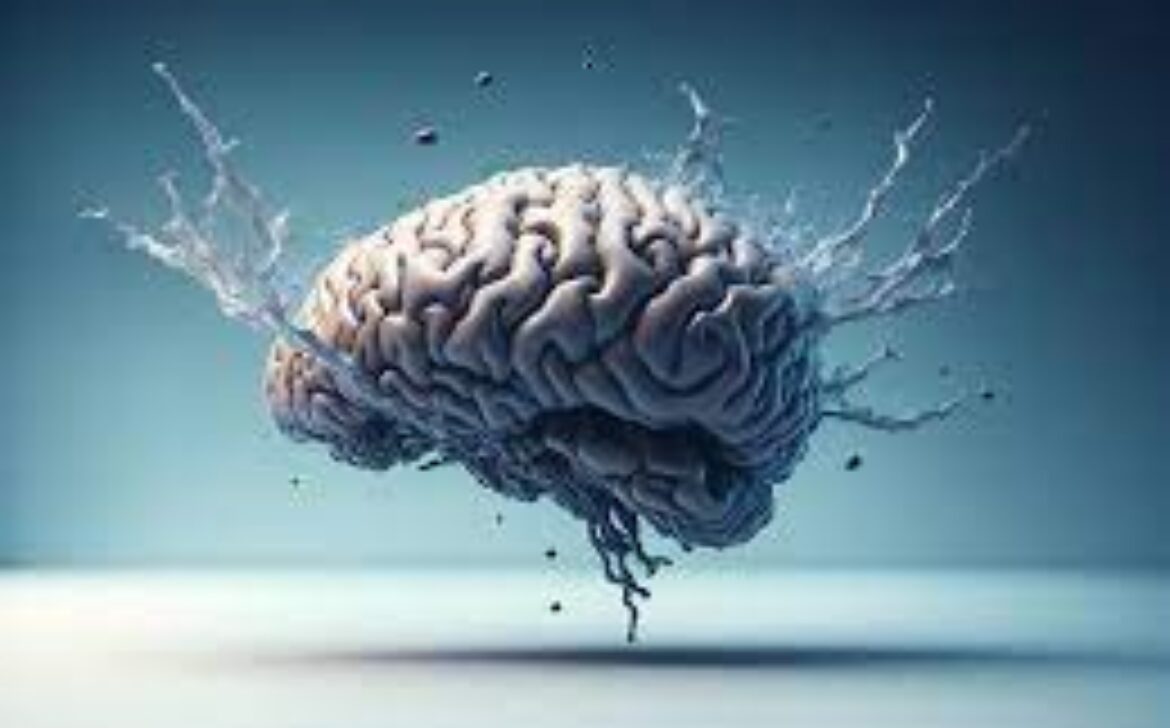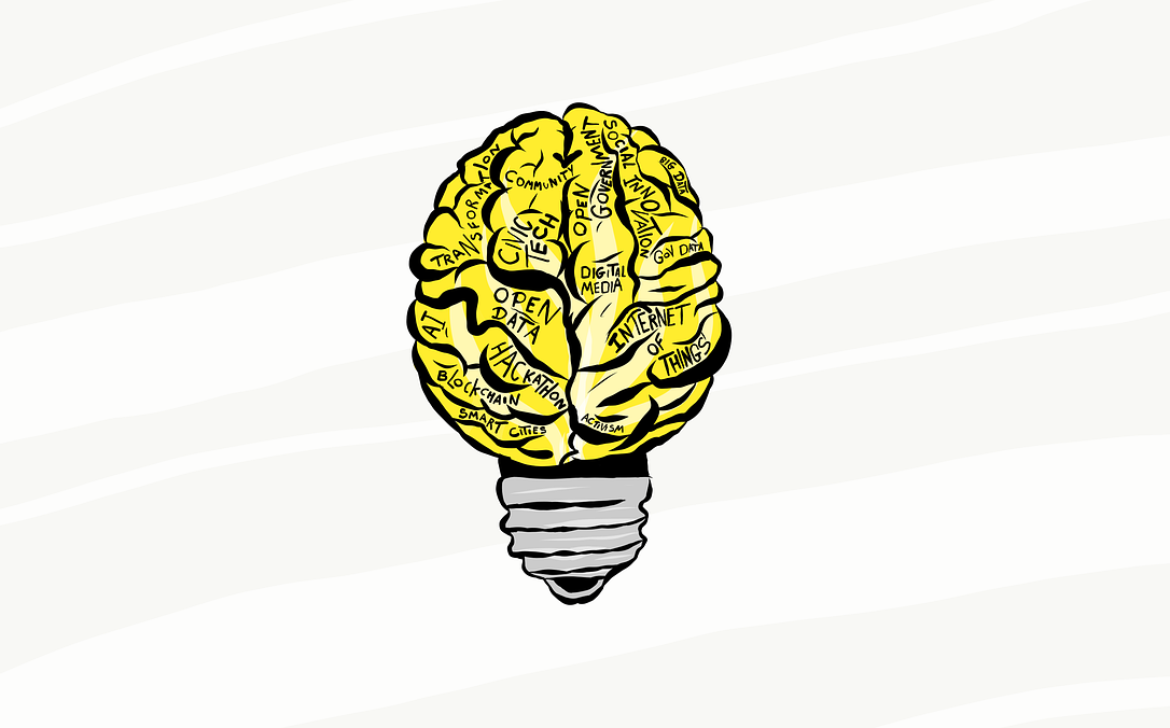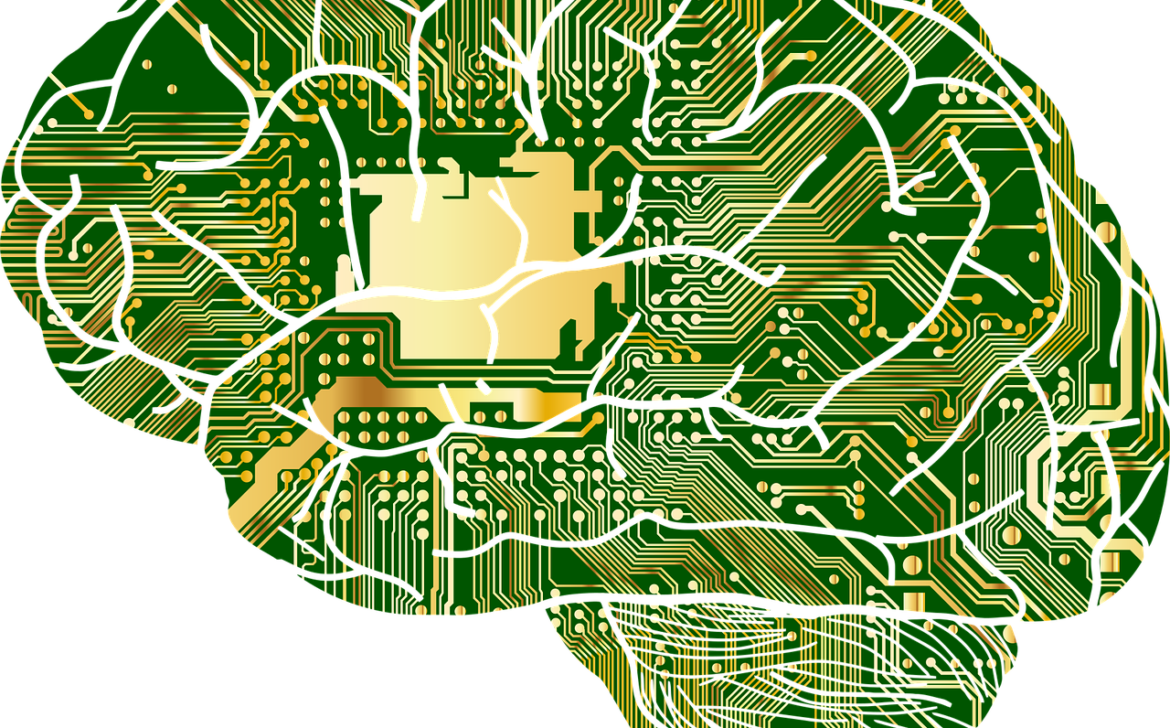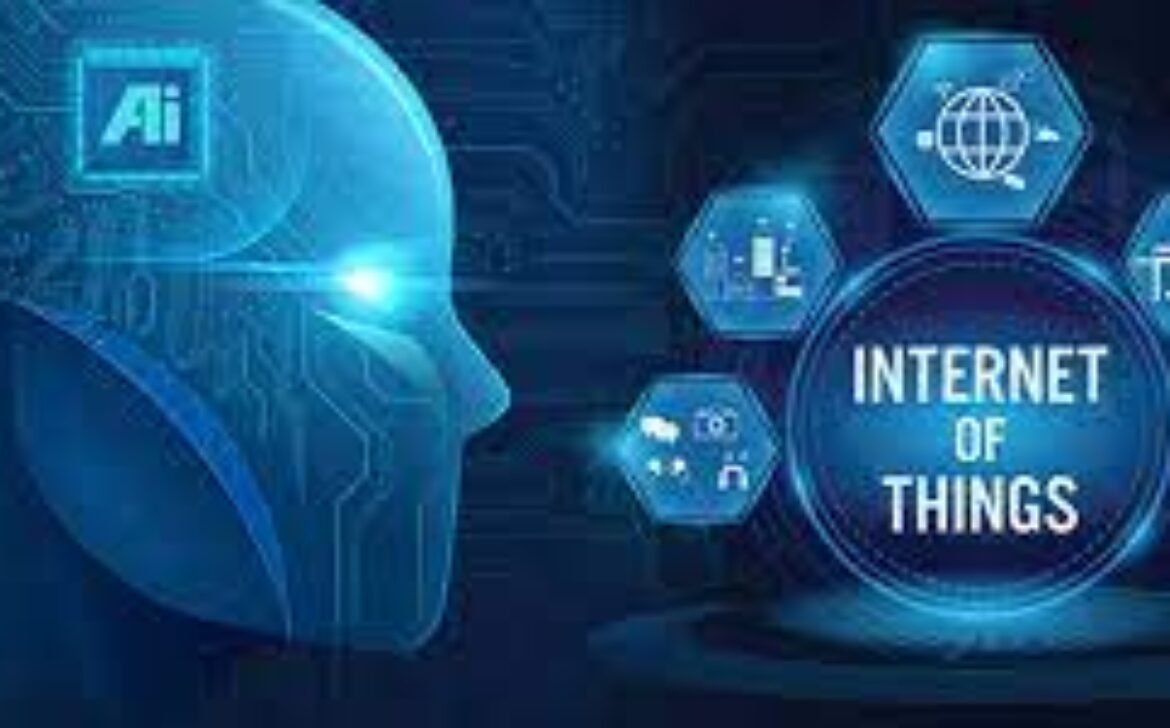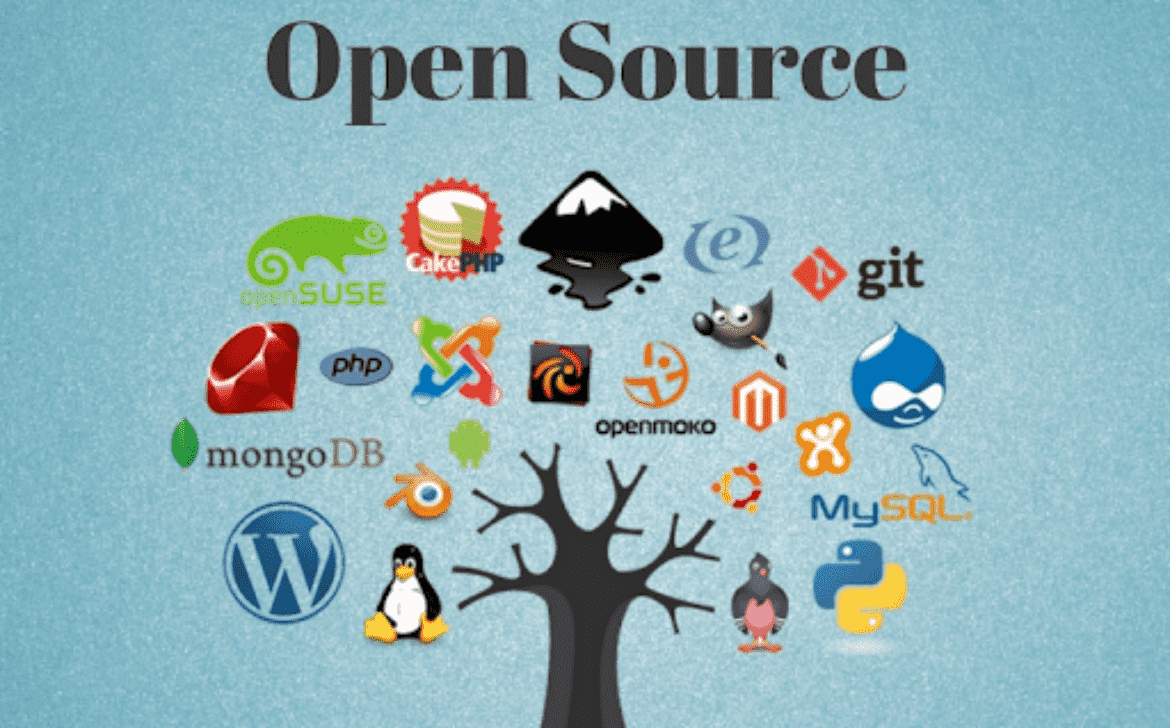Mastering Life’s Challenges: Tips and Tricks for Success
Navigating life’s challenges requires a strategic approach and a resilient mindset. In this blog post, we’ll delve into a variety of valuable tips and tricks to help you overcome obstacles, achieve your goals, and lead a fulfilling life. These strategies not only empower you to face challenges head-on but also enhance your overall well-being.
1. Set Clear Goals to Drive Success
Setting clear, achievable goals is the cornerstone of any successful journey. Break down your long-term goals into smaller tasks, ensuring a focused approach. This approach not only provides direction but also fuels your motivation as you accomplish each milestone.
2. Develop a Growth Mindset for Continuous Improvement
Embrace challenges as opportunities to learn and grow. Developing a growth mindset allows you to bounce back from setbacks, promoting resilience and adaptability. By viewing failures as stepping stones to success, you’ll cultivate a positive attitude towards life’s challenges.
3. Practice Self-Compassion for Emotional Resilience
During challenging times, practicing self-compassion is key. Treat yourself with kindness and understanding, nurturing emotional resilience. By being compassionate towards yourself, you’ll find the strength to face difficulties and emerge stronger.
4. Effective Time Management for Productivity
Mastering time management is essential. Prioritize tasks, utilize to-do lists and calendars, and leverage time-tracking apps. These tools enhance organization, ensuring you focus on tasks that truly matter. Effective time management boosts productivity and minimizes stress.
5. Cultivate Healthy Habits for Physical and Mental Well-being
Prioritize your health. Regular exercise, balanced nutrition, sufficient sleep, and relaxation techniques like meditation contribute to physical and mental well-being. A healthy body and mind provide the foundation for overcoming challenges.
6. Build a Supportive Network for Encouragement
Surround yourself with positive, supportive individuals who inspire and uplift you. A strong support network offers valuable advice, encouragement, and diverse perspectives. Engaging with supportive communities enhances your ability to tackle challenges effectively.
7. Embrace Adaptability to Thrive in Change
Life is dynamic, requiring adaptability. Embrace new experiences and be open to learning. Adaptability ensures you navigate unexpected challenges gracefully, adjusting your approach as needed. A flexible mindset empowers you to thrive in changing circumstances.
8. Foster Continuous Learning for Personal Growth
Never stop learning. Acquire new skills, explore different interests, and broaden your knowledge. Continuous learning sharpens your mind, enhancing problem-solving abilities. Stay curious and invest in your personal growth journey.
9. Practice Gratitude for a Positive Outlook
Cultivate gratitude by appreciating even the smallest positive aspects of life. Gratitude fosters a positive mindset, reducing stress and promoting emotional well-being. A grateful attitude equips you to face challenges with resilience and optimism.
10. Stay Persistent and Tenacious
Success often hinges on persistence and determination. Don’t be disheartened by failures; view them as opportunities to learn and grow. Persistence ensures you stay focused on your goals, overcoming obstacles with unwavering resolve.
11. Master Effective Communication for Strong Relationships
Effective communication is vital for building meaningful relationships and resolving conflicts. Hone your communication skills, both in expressing your thoughts clearly and active listening. Strong communication fosters understanding and strengthens connections.
12. Understand Financial Literacy for Financial Security
Financial literacy empowers you to make informed decisions about your finances. Learn about budgeting, saving, investing, and managing debt. Financial knowledge provides security, enabling you to achieve your financial goals and face economic challenges confidently.
In conclusion, these tips and tricks serve as your toolkit for mastering life’s challenges. By incorporating these strategies and fostering a positive mindset, you’ll navigate life’s complexities with grace and determination. Remember, resilience, adaptability, and continuous learning are the keys to overcoming obstacles and achieving lasting success. Embrace these principles, stay positive, and keep moving forward – your journey to success awaits.




